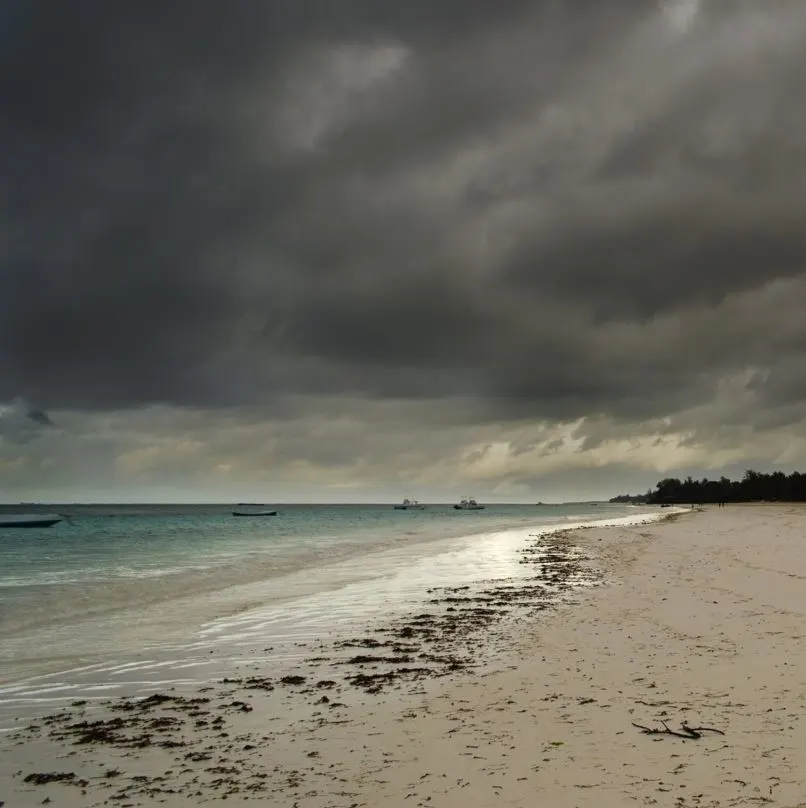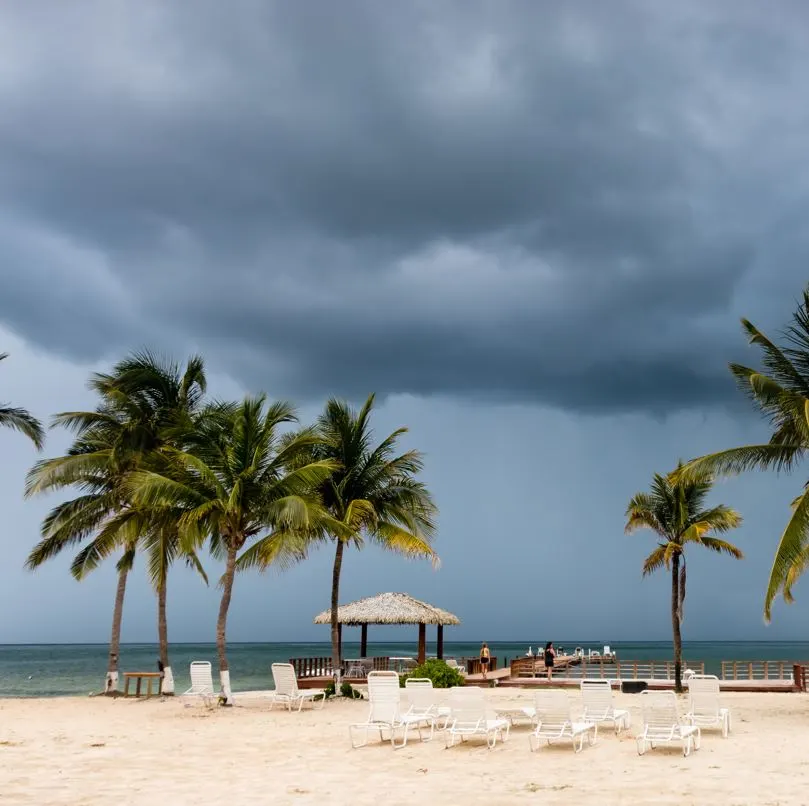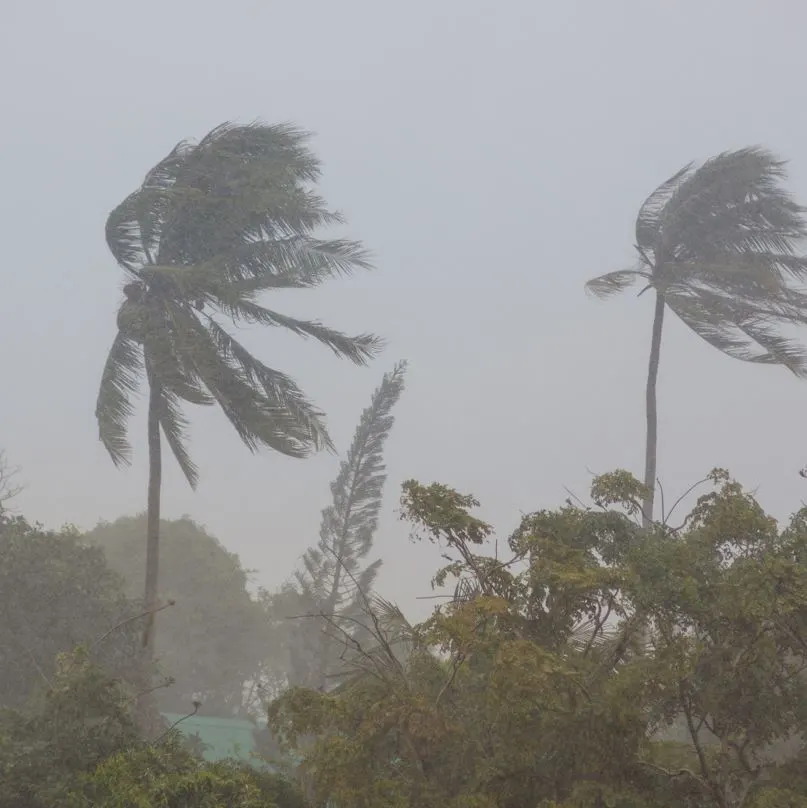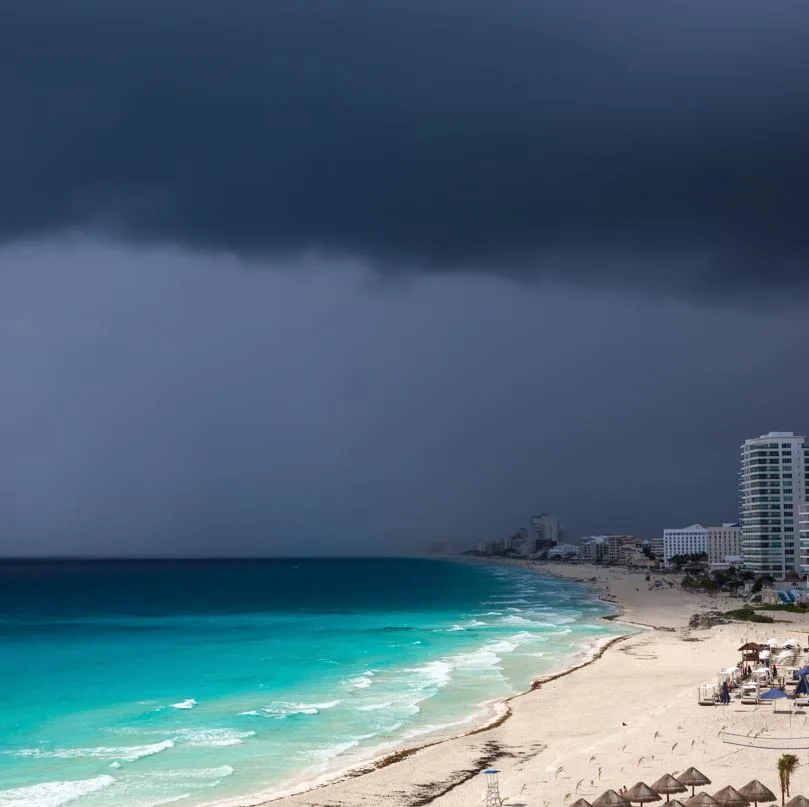Last Updated
Travelers chasing the sun typically choose Mexico’s Baja Peninsula, known for maintaining a sunny atmosphere most of the year. However, due to inclement weather brewing deep in the ocean, Los Cabos may not be home to clear, sunny skies this fall. Meteorologists following storms are labeling the phenomenon as Los Cabos’ “Summer Monsoon,” thought to bring gray skies, heavy rains, and lower temperatures.

Mexico’s National Water Commission (CONAGUA), sent out warnings about heavy rain coming to the southern states, including Sonora, Sinaloa, and most of the areas that lie mid-Peninsula. Meteorologists believe that Los Cabos will see the affects more than previous years, experiencing gray, cloudy skies along with lower-than-average temperatures that dip as low as 15 degrees Celsius. The area is still beautiful, with plenty of activities to do rain or shine, though, with heavy rains, water-based activities may be canceled.

Termed the Summer Monsoon, the affected areas experience high levels of rain along with high winds and cloudy skies. While Los Cabos lies in the trajectory, it is usually the least affected area in the peninsula, awaiting visitors with clean, sunny skies. On average, Los Cabos favorite – Cabo San Lucas – experiences only 12mm of rain while Santiago, which lies further south, is known to average about 113mm each year.

Los Cabos officials are aware of the news and are prepared to take action in the event of severe weather. Los Cabos Mayor Oscar Leggs Castro confirmed that since “May 15th, the Municipal Council of Civil Protection has been prepared for such events,” putting citizens’ and travelers’ wellbeing at the top of their list. There are safeguards in place at all Los Cabos resorts and updated information on several websites, including Baja Storm Watch and Baja Storm Panel.

For residents or travelers that find themselves facing heavy rains, Leggs Castro reassured that Civil Protection would be there to warn and assist – helping to evacuate those in highly affected areas if necessary. Because of Los Cabos’ close proximity to areas with high hurricane activity, several authorities are there to make surveillance their top priority, watching weather patterns and changes to alert those in Los Cabos early on.

The ”rainy season” in Los Cabos is considered a good time to visit due to the low prices. Unlike high season, the months of August to early November are less typically less crowded and offer a cooler, calmer atmosphere for travelers chasing the sun. Though rainy season in Los Cabos comes from August to September, chances of rain are only about 20%. For this reason, travelers still come flocking to Mexico’s south peninsula, on the hunt for a break from the typical crowd.

With news of storms offshore, those planning to visit Los Cabos and surrounding areas may not get to experience sunny, clear skies. Despite the change in weather, reports show that hotels are booked up, with over 80% occupancy. Several events remain scheduled including this year’s Ironman 70.3 and Cabo Beach Festival – both set to take place in November.

Even though events are scheduled, and flights are still coming in, those traveling to Los Cabos between September and early November are urged to keep a look out for weather – especially when close to the ocean. Los Cabos beaches hoist flags to help beachgoers understand water conditions, letting them know if they are safe, rough, or should be avoided. High rains and hurricane activity off the coast bring unpredictable waters, making any activity (including swimming close to the shore) dangerous. Travelers are urged to stay tuned to weather updates and reach out to authorities in the event that rain gets too rough.
